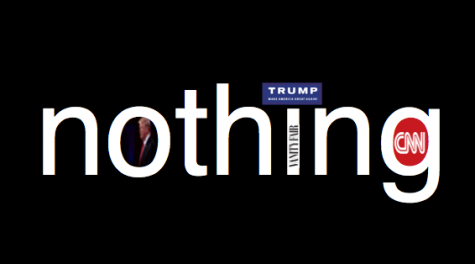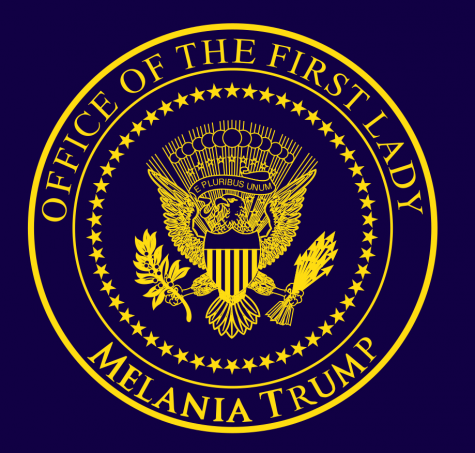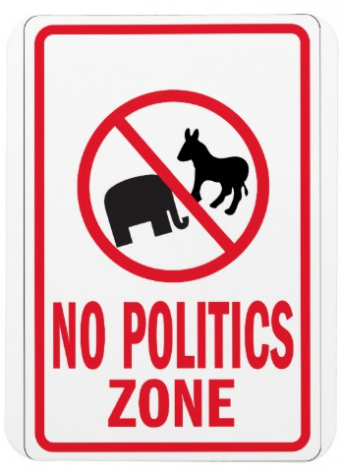How the United States Election Process Works
November 17, 2020
When watching the most recent election take place, a lot watched without deep rooted understanding of how our elections work. A considerable amount of young people in particular are uneducated regarding elections.
The United States government has a unique way of electing presidents and official’s. Most are elected through popular vote. The president is elected through the Electoral College. Whoever reaches 270 or more electoral votes wins the presidential race. Electoral votes vary among the states, depending on population.
Now lets explain in detail…
Every ten years the census is taken. This is where the government counts the amount of people living in the country. That data determines how many representatives a state gets.
For example, California is the most populated state according to the 2010 Census, therefore it has 55 electoral votes. Wyoming however, has about half a million people in the state, substantially less people considering its mostly rural. While Wyoming gets three electoral votes.
It’s the amount of representatives a state gets plus two senators. California has 53 representatives and two senators. Wyoming has one representative and two senators.
If no candidate gets a majority of electoral votes, the election goes to Congress. The House of Representatives would elect the president, the Senate would elect the Vice President.
Unlike the Electoral College, where the electoral votes are proportionate to the population of a state, its one vote per state. The candidate needs 26 votes to win. Depending on which political party has the most delegation in Congress, the majority may lose the election if the minority has the most state delegates. In the Senate, however, the senators vote individually for vice president.
The Founding Father’s believed this system would better represent all citizens in all states, inline with the Constitutional Republic that was set up. This allows smaller states to have just as much weight as larger states. The presidential candidates are incentivized to visit rural areas, not just highly populated states and cities.
The controversy lies in the procedure and the history. In most states, the electors voting for president vote based on the popular vote of that state, but it’s not legally binding. They are known as “Faithless electors”.
When the electoral college was enshrined in the Constitution, the rural slave states were at a disadvantage because slaves were not seen as people, and couldn’t count toward representation in Congress. Therefore the Three-fifths compromise was created. This meant three out of every five slaves counted as people. This gave the slave states more representation in Congress, and more electoral votes.
The Electoral College determines the outcome of the election, but there have only been a handful of elections where the electoral votes differed from the popular vote—1824, 1876, 1888, 2000, and 2016. Because of this relatively rare instance, people get confused when the candidate with the popular vote loses the election.












